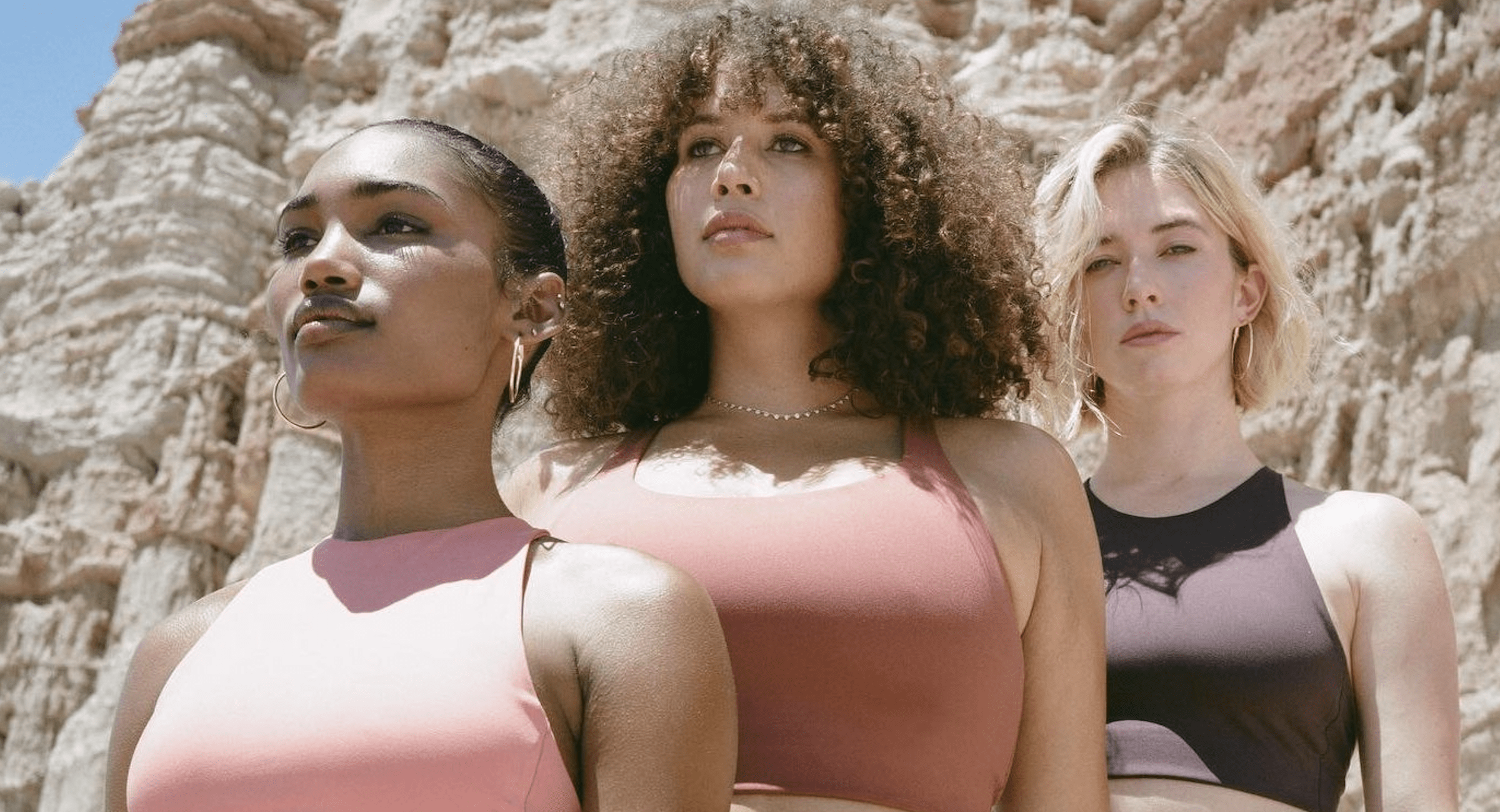
If you click on the Instagram of the British fashion brand Story Mfg and think you will see their new seasonal products in the feed, you will only see these pictures——
On a piece of Indian land full of palm trees, workers make dyes from harvested plants, and produce pieces of fabrics of different patterns and colors quietly; women hold plain clothes in front of the house, thread needles, and carefully embroider pictures; after long-distance transportation , The hand-stitched special costumes traveled thousands of miles, and finally draped on the tiders of various countries…
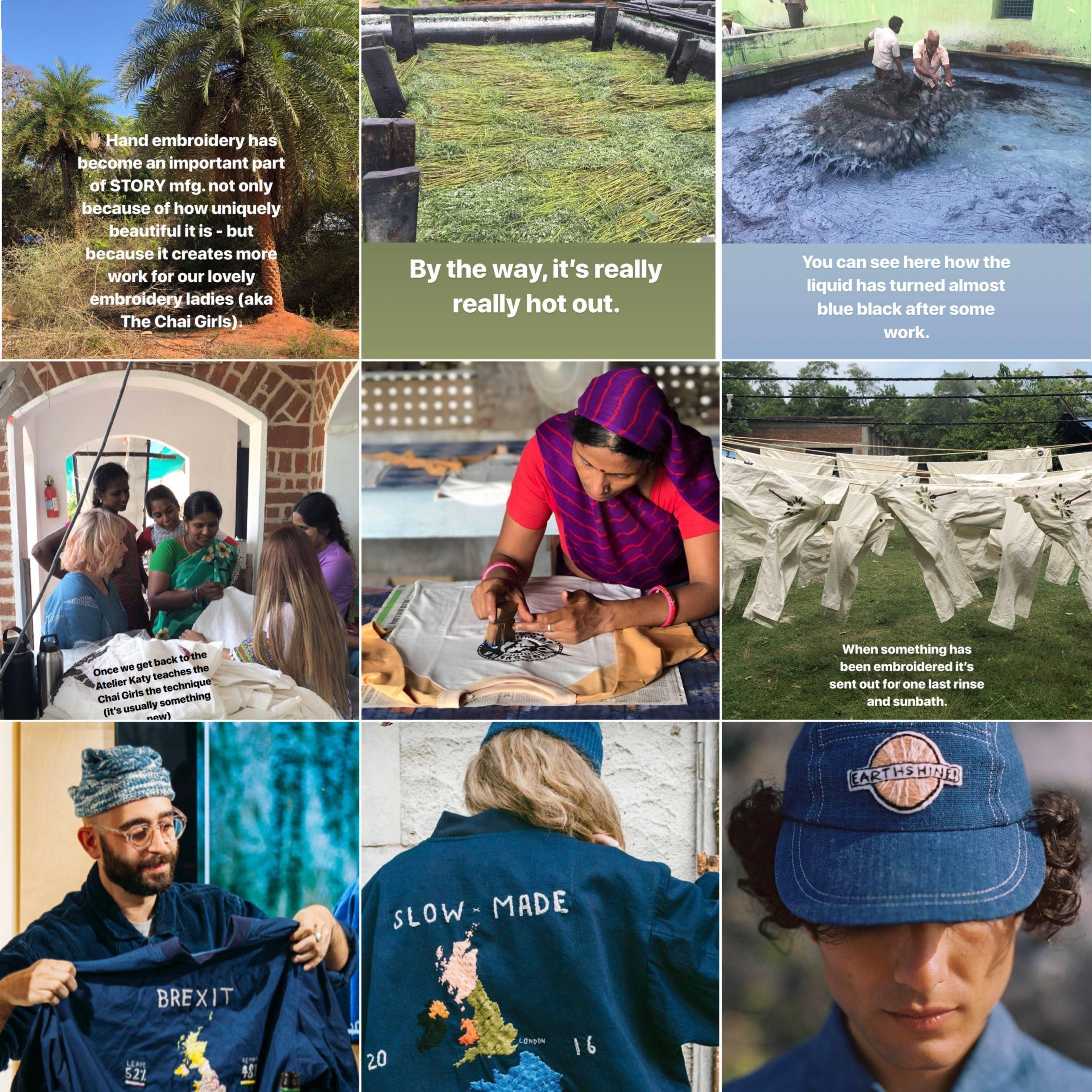
▲ Story Mfg’s Instagram story
At first glance, you may find it strange, why are these behind-the-scenes production stories of these factories?
But soon, you can feel the honesty of this brand—— Because they completely display the products “naked” in front of you from beginning to end .
Then you will feel a sense of peace of mind: the clothes we were wearing were made in such a slow and meticulous way.

▲ Picture from: Story Mfg Story Mfg is not alone. In the past, the production process and business process of the product were often the most private content. At the same time, it also hides many hidden shady scenes, but in recent years, More and more young brands are moving towards this “transparent merchandise movement” . Each item starts to be “naked” When it comes to the “transparent” brand, nothing has attracted much attention more than Everlane, which is regarded as the “uniqlo rival”. This brand was founded in 2011 in San Francisco, USA. The clothes are also praised for their simple and versatile clothes. Compared with the Story Mfg mentioned at the beginning, it is synonymous with cost performance. 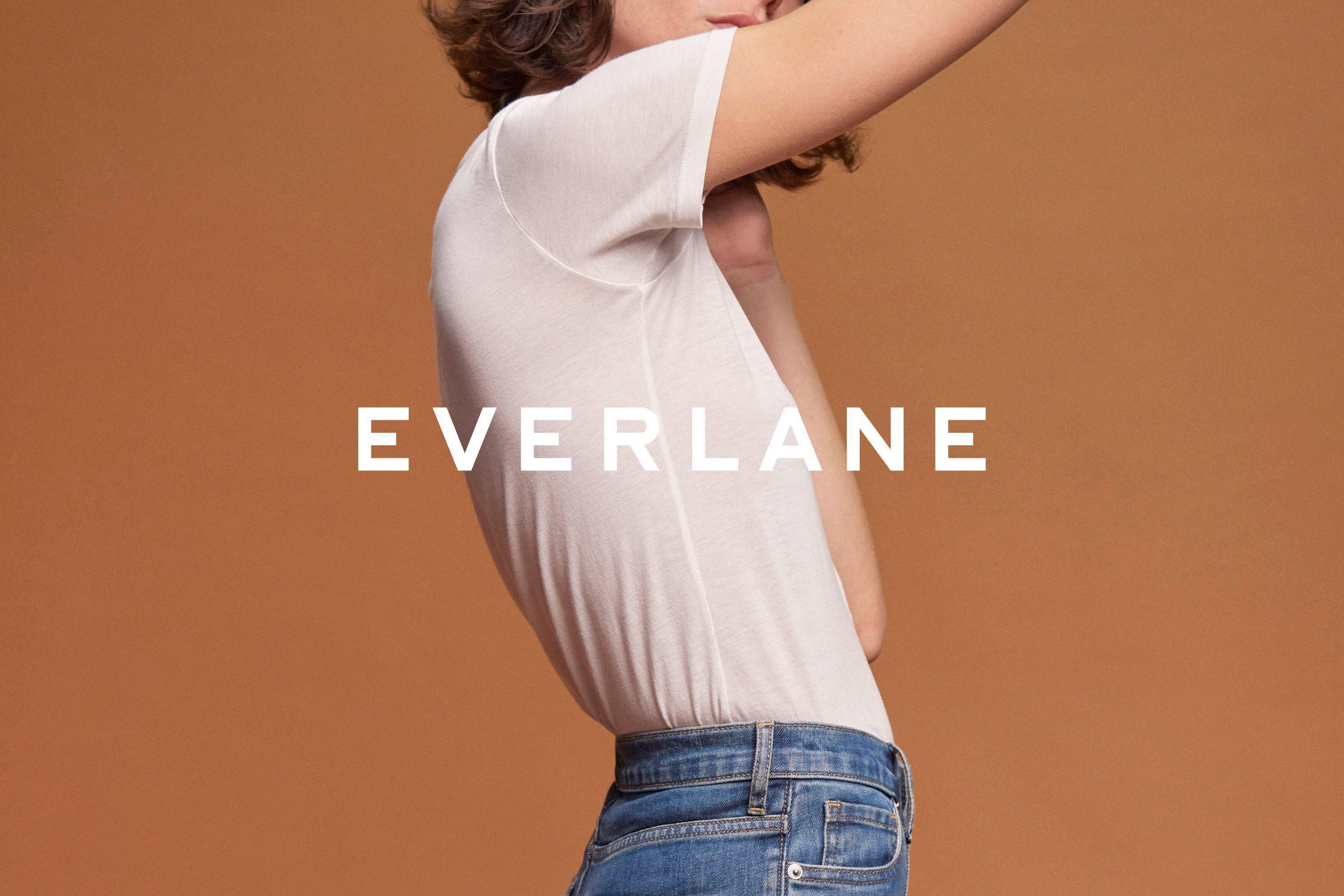 ▲ Picture from: Everlane The most distinctive feature of Everlane is the principle of “Radical Transparency” that they have always advocated. The price source information of each commodity, it is all clearly placed in front of you. Click on a pair of loafers, a picture next to it shows—— Fabric fee: 35.64 US dollars; production fee: 18.36 US dollars: tax: 5.4 US dollars; transportation fee: 5.5 US dollars; the total cost is 65 US dollars. The final comparison is the most important: Everlane is priced at $170, while traditional retailers are priced at $425.
▲ Picture from: Everlane The most distinctive feature of Everlane is the principle of “Radical Transparency” that they have always advocated. The price source information of each commodity, it is all clearly placed in front of you. Click on a pair of loafers, a picture next to it shows—— Fabric fee: 35.64 US dollars; production fee: 18.36 US dollars: tax: 5.4 US dollars; transportation fee: 5.5 US dollars; the total cost is 65 US dollars. The final comparison is the most important: Everlane is priced at $170, while traditional retailers are priced at $425.  ▲ Picture from: Everlane Transparency is not only about commodity prices, but the whole process from production to sale, they are also open to consumers. From the origin of the product, raw materials, manufacturing plants, and logistics and transportation processes, consumers can know where each product comes from and whether it is reliable. The founder, Michael Preysman, even flies to factories in various countries around the world, from staff canteens to dormitories, caring about whether employees work for a reasonable length of time, whether they sleep with air-conditioning, whether they return home during the Spring Festival, they are more concerned than the bosses of these factories.
▲ Picture from: Everlane Transparency is not only about commodity prices, but the whole process from production to sale, they are also open to consumers. From the origin of the product, raw materials, manufacturing plants, and logistics and transportation processes, consumers can know where each product comes from and whether it is reliable. The founder, Michael Preysman, even flies to factories in various countries around the world, from staff canteens to dormitories, caring about whether employees work for a reasonable length of time, whether they sleep with air-conditioning, whether they return home during the Spring Festival, they are more concerned than the bosses of these factories. 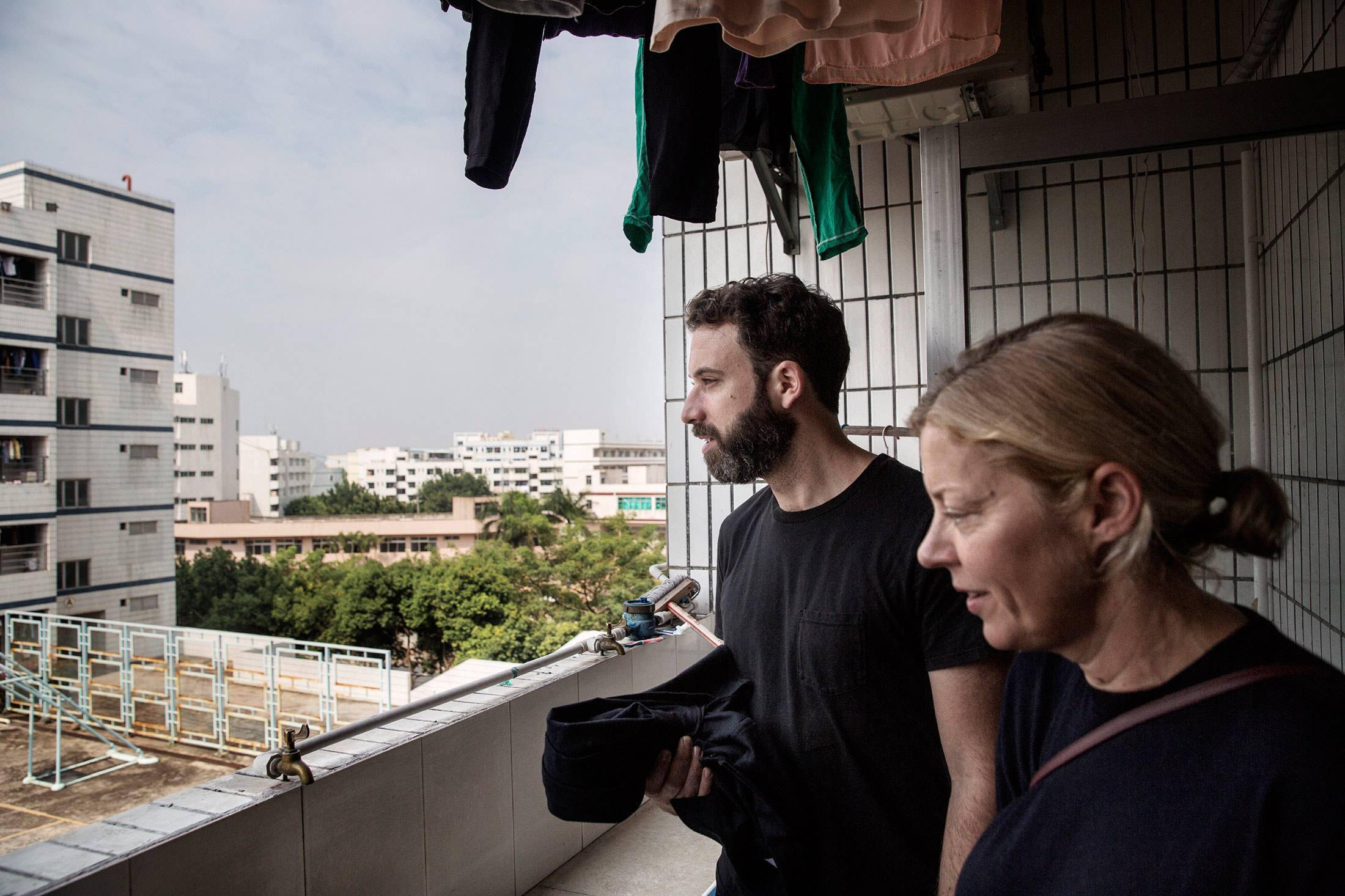 ▲ Michael Preysman This allows consumers to have a more favorable and trustworthy sense of the brand. They know whether every money is spent well and whether each product is worth the money. Many brands on the market “same goods at different prices” are obviously produced in the same country and region and have the same supporting services, but changing the logo can reach a price difference of several tens of times. Of course, it is difficult for all brands to be the same, after all, the brand itself is where the value lies. But at least let consumers judge for themselves whether this brand is worth so much money.
▲ Michael Preysman This allows consumers to have a more favorable and trustworthy sense of the brand. They know whether every money is spent well and whether each product is worth the money. Many brands on the market “same goods at different prices” are obviously produced in the same country and region and have the same supporting services, but changing the logo can reach a price difference of several tens of times. Of course, it is difficult for all brands to be the same, after all, the brand itself is where the value lies. But at least let consumers judge for themselves whether this brand is worth so much money.  ▲ Picture from: Girlfriend, the brand is not only environmentally friendly and sustainable, but also very inclusive, which is loved by young people In the heat that Everlane set off, New fashion brands have also set off a trend of “transparent pricing” . Oliver Cabell and Honest by. both advocate transparency in their production lines. Clothing brands such as Vrai and Oro have successively disclosed cost information. American fashion brand Elizabeth Suzann exploded the top secret “gross margin” on its official website, which is clearer than Everlane’s account.
▲ Picture from: Girlfriend, the brand is not only environmentally friendly and sustainable, but also very inclusive, which is loved by young people In the heat that Everlane set off, New fashion brands have also set off a trend of “transparent pricing” . Oliver Cabell and Honest by. both advocate transparency in their production lines. Clothing brands such as Vrai and Oro have successively disclosed cost information. American fashion brand Elizabeth Suzann exploded the top secret “gross margin” on its official website, which is clearer than Everlane’s account.  ▲ Picture from: Elizabeth Suzann It is commendable that Another advantage of making the product process “transparent” is that it can supervise whether these brands are all environmentally friendly . Allbirds claims to have made “the most comfortable shoes in the world.” They also, starting from raising sheep, to delivering products to people, how a pair of shoes are made, how much carbon emissions are generated by each part, and how much taxes are paid. Clearly. In a joint name with the street fashion brand Staple Pigeon, the upper of each pair of shoes will also be marked.
▲ Picture from: Elizabeth Suzann It is commendable that Another advantage of making the product process “transparent” is that it can supervise whether these brands are all environmentally friendly . Allbirds claims to have made “the most comfortable shoes in the world.” They also, starting from raising sheep, to delivering products to people, how a pair of shoes are made, how much carbon emissions are generated by each part, and how much taxes are paid. Clearly. In a joint name with the street fashion brand Staple Pigeon, the upper of each pair of shoes will also be marked. 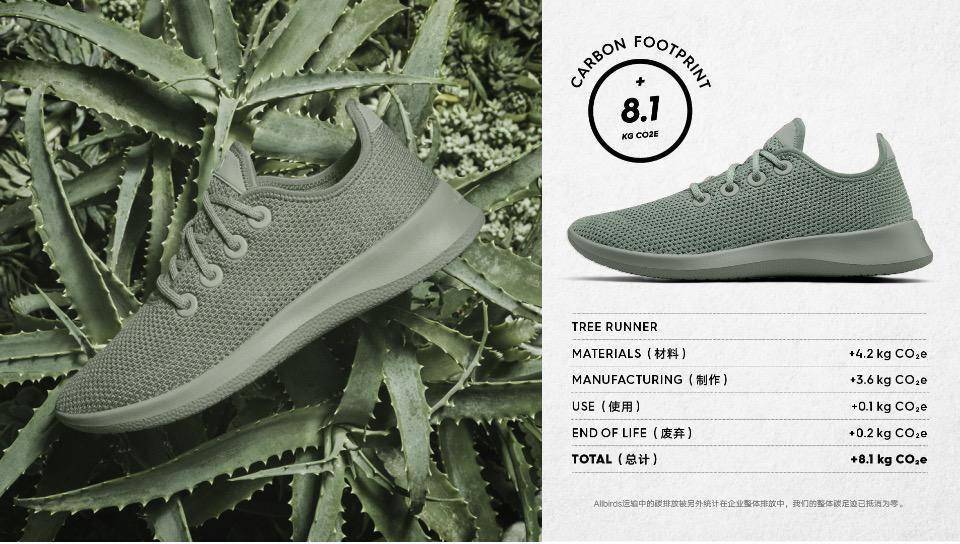 ▲ Picture from: Allbirds Everlane and Story Mfg are also advocating environmental protection concepts. These practices are for everyone to see and encourage more people to come together to protect the environment. For the new generation of consumers, Values and corporate cultural concepts are also one of the important reasons that affect their orders . These allow users to identify with the brand and the product itself, and at the same time feel that they have made a small contribution to the world. When these young brands quickly link young people’s ideas and lifestyles, they can quickly win their purchasing power.
▲ Picture from: Allbirds Everlane and Story Mfg are also advocating environmental protection concepts. These practices are for everyone to see and encourage more people to come together to protect the environment. For the new generation of consumers, Values and corporate cultural concepts are also one of the important reasons that affect their orders . These allow users to identify with the brand and the product itself, and at the same time feel that they have made a small contribution to the world. When these young brands quickly link young people’s ideas and lifestyles, they can quickly win their purchasing power.  ▲ Picture from: Everlane The popularity of these fashion brands has led to a “transparency upsurge” in more fields. When the “transparency trend” blows to all walks of life “Transparent goods” bring people a sense of peace of mind and reliability, and This feeling is more important to the inner body in addition to the outer wear . So soon, The food industry has also kept up with this trend . Now, when people scan the food code of One Degree Organic Foods with their mobile phones, they can see which farm a chicken comes from, who raised it, how far it has traveled, and finally arrives on the table in front of you.
▲ Picture from: Everlane The popularity of these fashion brands has led to a “transparency upsurge” in more fields. When the “transparency trend” blows to all walks of life “Transparent goods” bring people a sense of peace of mind and reliability, and This feeling is more important to the inner body in addition to the outer wear . So soon, The food industry has also kept up with this trend . Now, when people scan the food code of One Degree Organic Foods with their mobile phones, they can see which farm a chicken comes from, who raised it, how far it has traveled, and finally arrives on the table in front of you.  ▲ Picture from: straight.com Since 2019, the new liquor brand “Guangliang” adopts the design of “data bottle”, marking the alcohol content, the proportion of grain-based wine, etc., all on the bottle, so that people can choose the wine that is more suitable for their body and volume. . Even more impressive is the vitamin start-up brand Ritual, which has a brand valuation of 125 million U.S. dollars and has 184,000 followers on Instagram, which is very popular among young people.
▲ Picture from: straight.com Since 2019, the new liquor brand “Guangliang” adopts the design of “data bottle”, marking the alcohol content, the proportion of grain-based wine, etc., all on the bottle, so that people can choose the wine that is more suitable for their body and volume. . Even more impressive is the vitamin start-up brand Ritual, which has a brand valuation of 125 million U.S. dollars and has 184,000 followers on Instagram, which is very popular among young people. 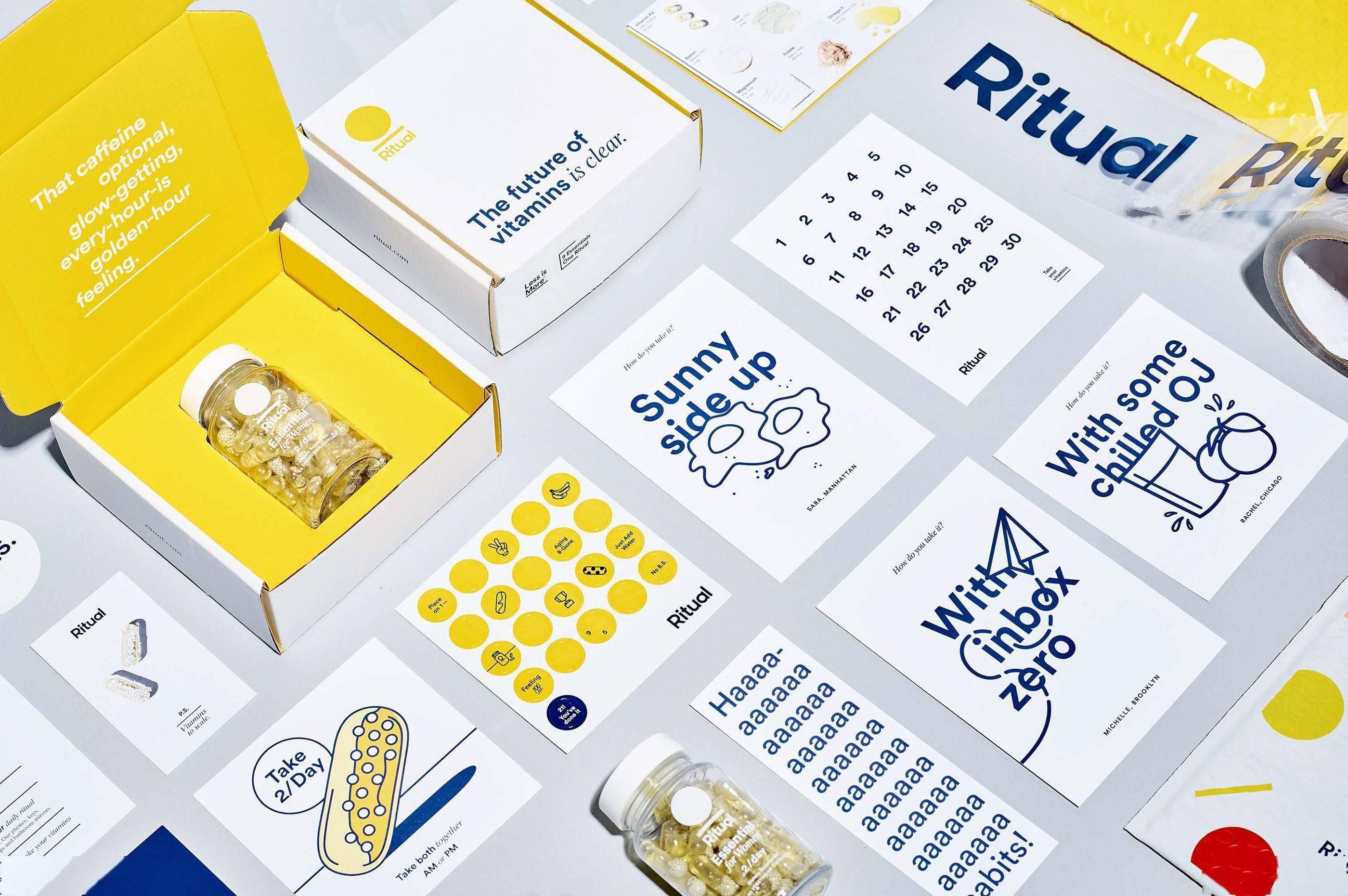 ▲ Picture from: Ritual Katerina Schneider, the founder of Ritual, eliminated dozens of multivitamins on the market and only selected the 9 most important ones needed by the human body, allowing people to easily choose according to their age and needs. This not only allows people to save time and spend the right money, but also reduces the occurrence of trouble.
▲ Picture from: Ritual Katerina Schneider, the founder of Ritual, eliminated dozens of multivitamins on the market and only selected the 9 most important ones needed by the human body, allowing people to easily choose according to their age and needs. This not only allows people to save time and spend the right money, but also reduces the occurrence of trouble. 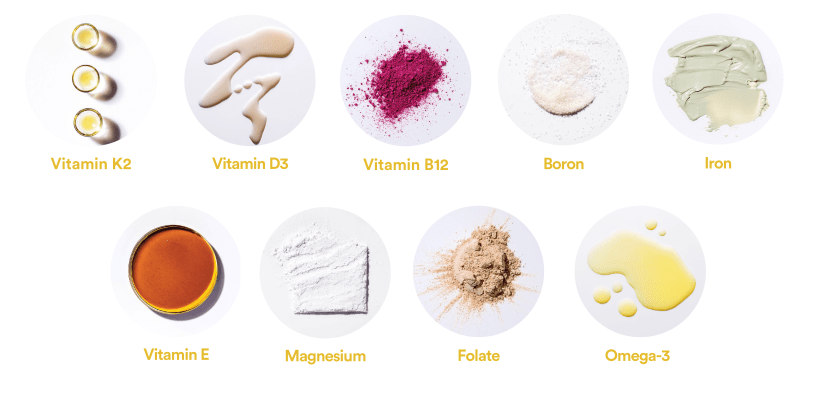 ▲ Picture from: Ritual On their official website, all products contained in nutrients, sources, forms, providers, popular science articles, and behind-the-scenes teams are all available, giving consumers a full right to know. Moreover, Ritual also extends “transparency” to the brand vision, from the bottle design to each vitamin capsule, which is clearly visible.
▲ Picture from: Ritual On their official website, all products contained in nutrients, sources, forms, providers, popular science articles, and behind-the-scenes teams are all available, giving consumers a full right to know. Moreover, Ritual also extends “transparency” to the brand vision, from the bottle design to each vitamin capsule, which is clearly visible. 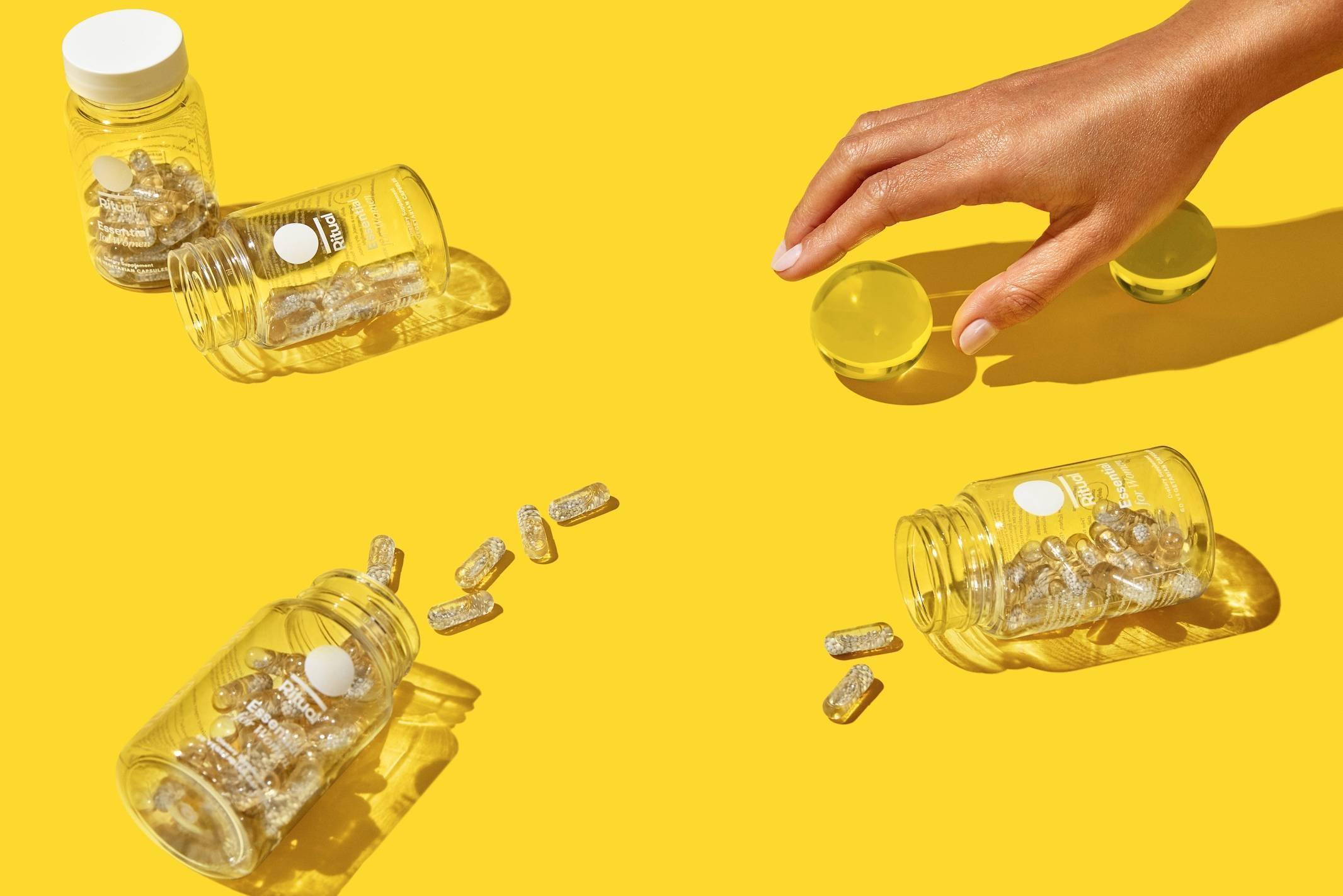 ▲ Picture from: Ritual Katerina Schneider stated: Ritual is a brand for people who are skeptical of all the information about vitamins. Information can be a power, this is the power Ritual wants to give them. Ritual is a brand for people who are skeptical of all the information about vitamins. Information can be a power, this is the power Ritual wants to give them.
▲ Picture from: Ritual Katerina Schneider stated: Ritual is a brand for people who are skeptical of all the information about vitamins. Information can be a power, this is the power Ritual wants to give them. Ritual is a brand for people who are skeptical of all the information about vitamins. Information can be a power, this is the power Ritual wants to give them. 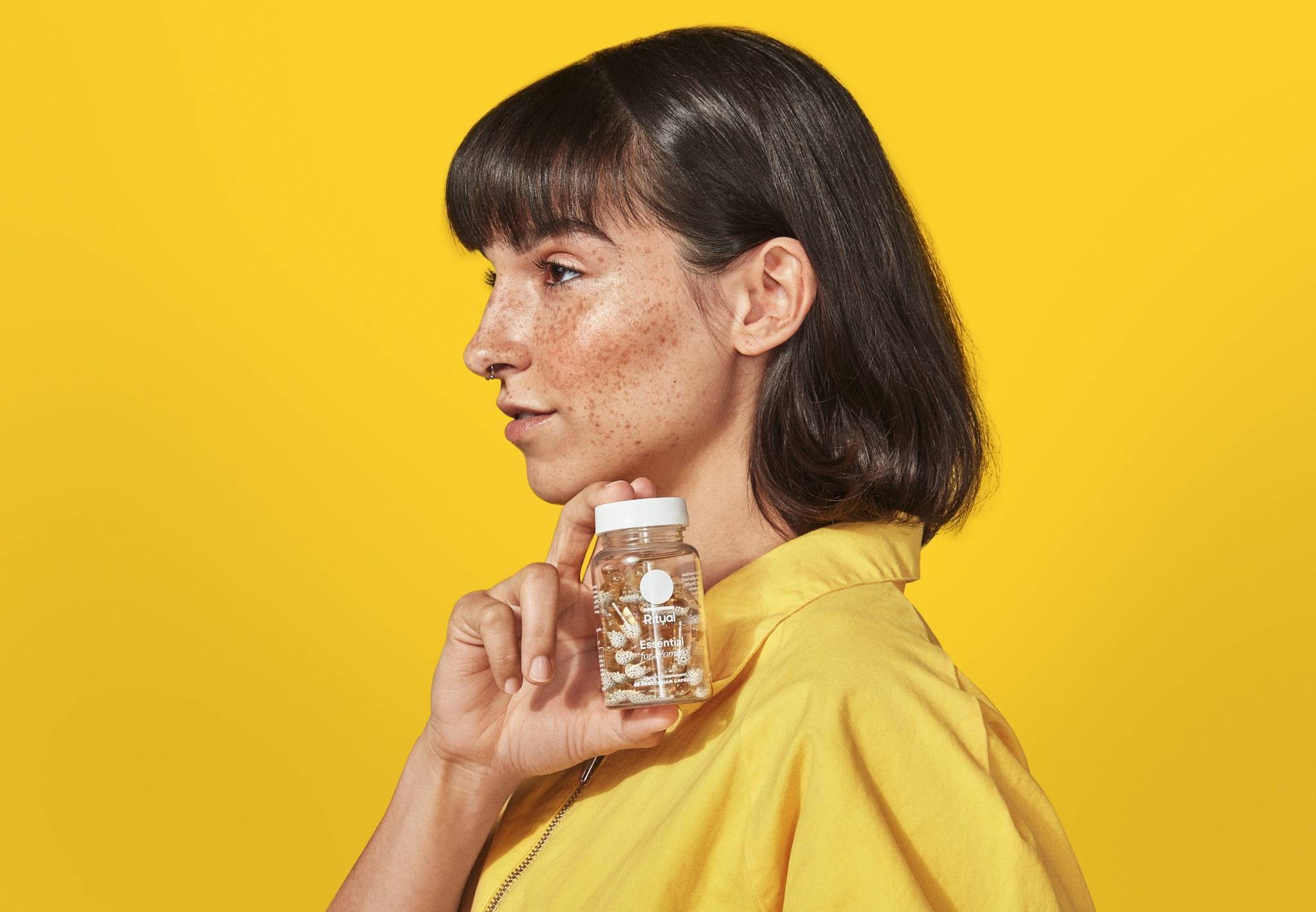 ▲ Picture from: Ritual “Doubt” is the key word of contemporary young consumers . After all, we live in a digital age full of false information and no privacy at the same time. When the massive amount of information madly sweeps the eyeballs, people have become more and more rational. They suspect pseudo-science. They use various channels to search and compare to prevent themselves from being deceived. They will also use online public opinion to attack those who harm the interests of consumers. Brand.
▲ Picture from: Ritual “Doubt” is the key word of contemporary young consumers . After all, we live in a digital age full of false information and no privacy at the same time. When the massive amount of information madly sweeps the eyeballs, people have become more and more rational. They suspect pseudo-science. They use various channels to search and compare to prevent themselves from being deceived. They will also use online public opinion to attack those who harm the interests of consumers. Brand. 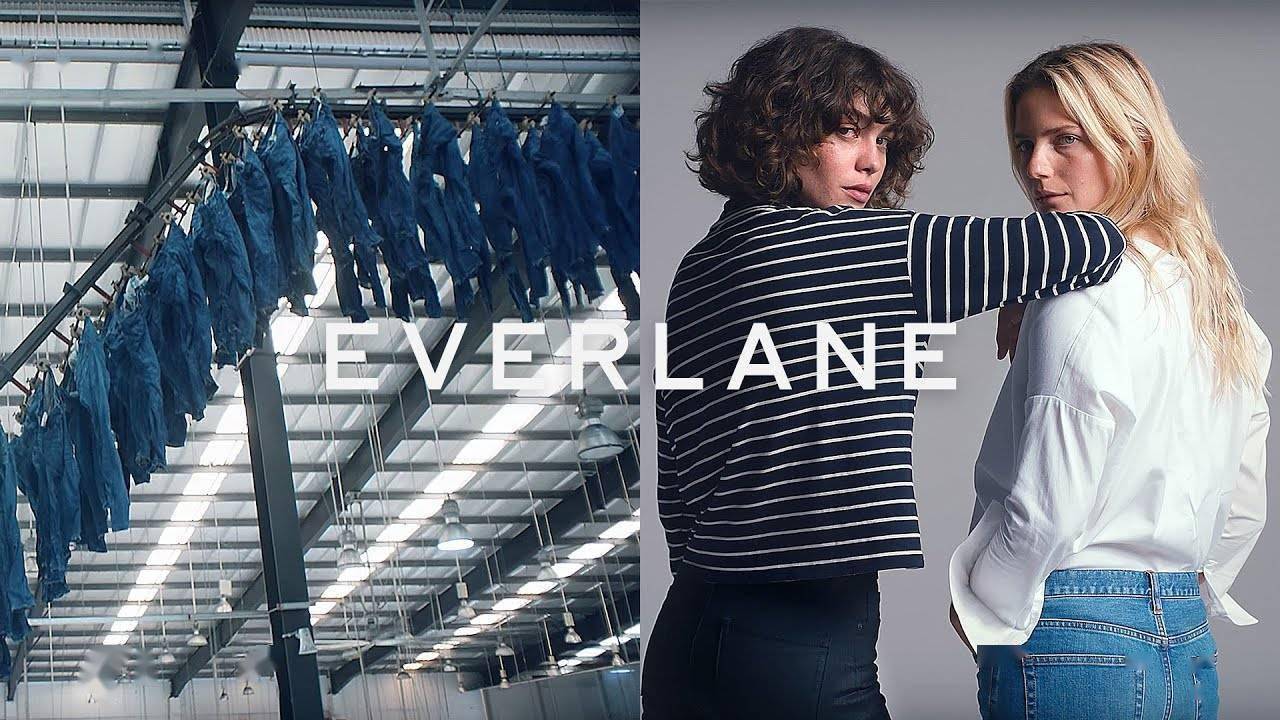 ▲ Everlane has also been exposed to inadequate tracking of greenhouse gases during the production chain, failing to achieve better environmental protection This is especially true for the skin care and cosmetics industry, which is often “accused” . In the past, people would long for the mysterious formula of beauty products, but now more and more consumers question: Are the female stars under the filters real? Do those things that have been put on the face for a lot of money really work? Typology, a natural skin care brand founded by Li Ning, went online the year before last, and orders doubled during the epidemic. They defined their mission to uncover the complex and opaque inside story of the skin care industry.” So they developed skin care products that do not add fragrances, have no gender differences, are vegan, and follow minimalist skin care products. They are all made locally in France with no more than 10 ingredients. Most of them currently have 20-30 ingredients on the market. Many ingredients are Controversial.
▲ Everlane has also been exposed to inadequate tracking of greenhouse gases during the production chain, failing to achieve better environmental protection This is especially true for the skin care and cosmetics industry, which is often “accused” . In the past, people would long for the mysterious formula of beauty products, but now more and more consumers question: Are the female stars under the filters real? Do those things that have been put on the face for a lot of money really work? Typology, a natural skin care brand founded by Li Ning, went online the year before last, and orders doubled during the epidemic. They defined their mission to uncover the complex and opaque inside story of the skin care industry.” So they developed skin care products that do not add fragrances, have no gender differences, are vegan, and follow minimalist skin care products. They are all made locally in France with no more than 10 ingredients. Most of them currently have 20-30 ingredients on the market. Many ingredients are Controversial. 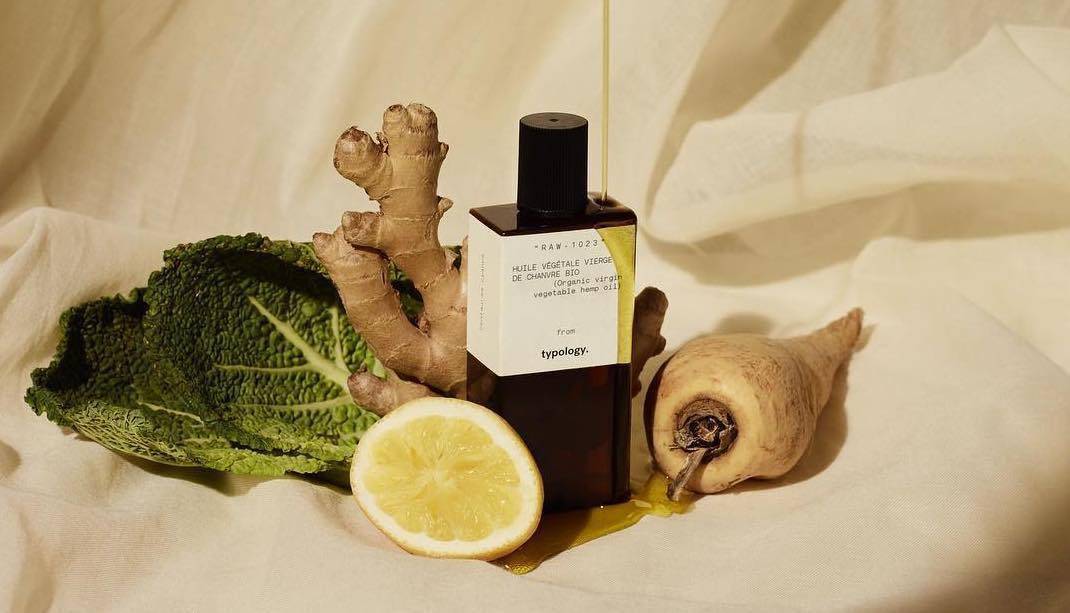 ▲ Picture from: Typology Mainly natural and health-seeking skin care and beauty products have become more concerned after the epidemic , Such as natural skin care brand JUNPING, American pure beauty brand Saie, Japanese male skin care BULK HOMME… Recently, the investment company Carlyle Group intends to acquire Beautycounter, an American skin care brand, which was ranked first in Google’s global beauty search list in 2018. The success of Beautycounter is largely due to its own bright display. In front of consumers.
▲ Picture from: Typology Mainly natural and health-seeking skin care and beauty products have become more concerned after the epidemic , Such as natural skin care brand JUNPING, American pure beauty brand Saie, Japanese male skin care BULK HOMME… Recently, the investment company Carlyle Group intends to acquire Beautycounter, an American skin care brand, which was ranked first in Google’s global beauty search list in 2018. The success of Beautycounter is largely due to its own bright display. In front of consumers.  ▲ Picture from: Beautycounter Their highlight is to produce safe, natural, and effective skin care products and cosmetics. Beautycounter eliminates more than 1,500 harmful chemical substances, and also puts the raw materials and ingredients of all products on the official website. It is worth mentioning that, Brands that are “transparent” at home are often DTC brands (brands sell directly to consumers) . The largest acquisition in the history of Estée Lauder’s investment was the recently acquired Deciem, which is also a DTC beauty brand that advocates “transparency” operation. They are very good at dialogue with consumers.
▲ Picture from: Beautycounter Their highlight is to produce safe, natural, and effective skin care products and cosmetics. Beautycounter eliminates more than 1,500 harmful chemical substances, and also puts the raw materials and ingredients of all products on the official website. It is worth mentioning that, Brands that are “transparent” at home are often DTC brands (brands sell directly to consumers) . The largest acquisition in the history of Estée Lauder’s investment was the recently acquired Deciem, which is also a DTC beauty brand that advocates “transparency” operation. They are very good at dialogue with consumers. 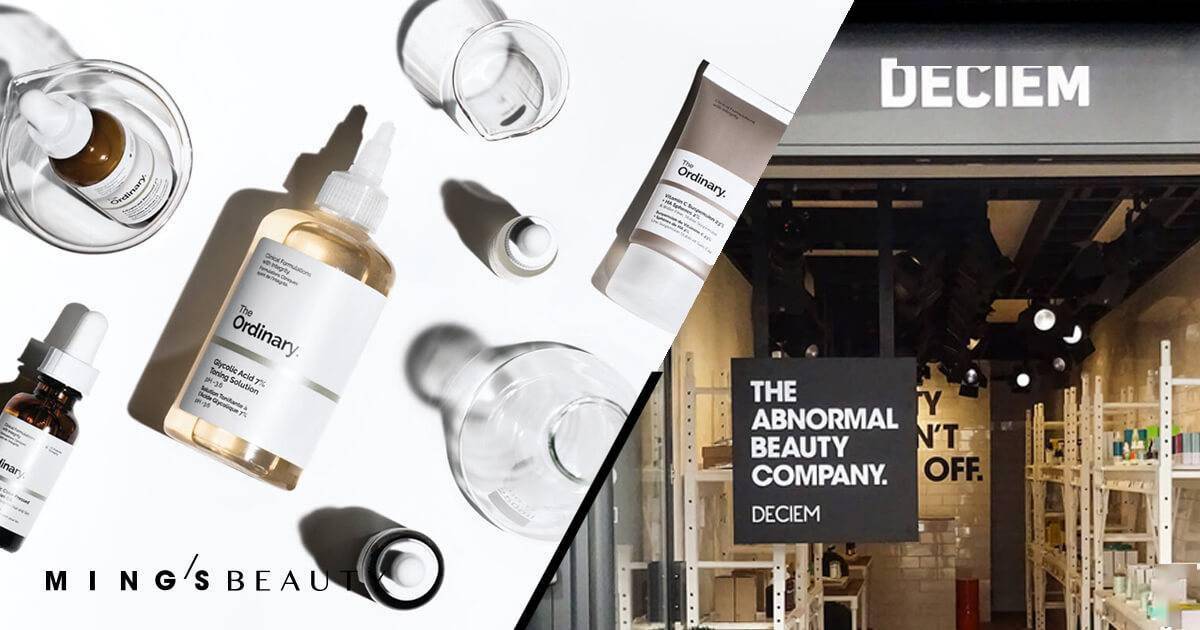 ▲ Picture from: Deciem The founders of other brands such as Story Mfg will also reply to most of the fans’ messages directly on Instagram. Facebook and Instagram are also the main battlefields for Ritual to release new products. Beautycounter has 40,000 independent beauty consultants who will discuss various issues with users online. Product problem; JUNPING also opened a pop-up shop “Ingredient Cafe”, allowing users to experience the true and transparent “cosmetic ingredients”… It can be seen that directly facing consumers and communicating with them in a way that the new generation likes will not only allow consumers to truly feel the essence of the product, but also get more first feedback from consumers.
▲ Picture from: Deciem The founders of other brands such as Story Mfg will also reply to most of the fans’ messages directly on Instagram. Facebook and Instagram are also the main battlefields for Ritual to release new products. Beautycounter has 40,000 independent beauty consultants who will discuss various issues with users online. Product problem; JUNPING also opened a pop-up shop “Ingredient Cafe”, allowing users to experience the true and transparent “cosmetic ingredients”… It can be seen that directly facing consumers and communicating with them in a way that the new generation likes will not only allow consumers to truly feel the essence of the product, but also get more first feedback from consumers. 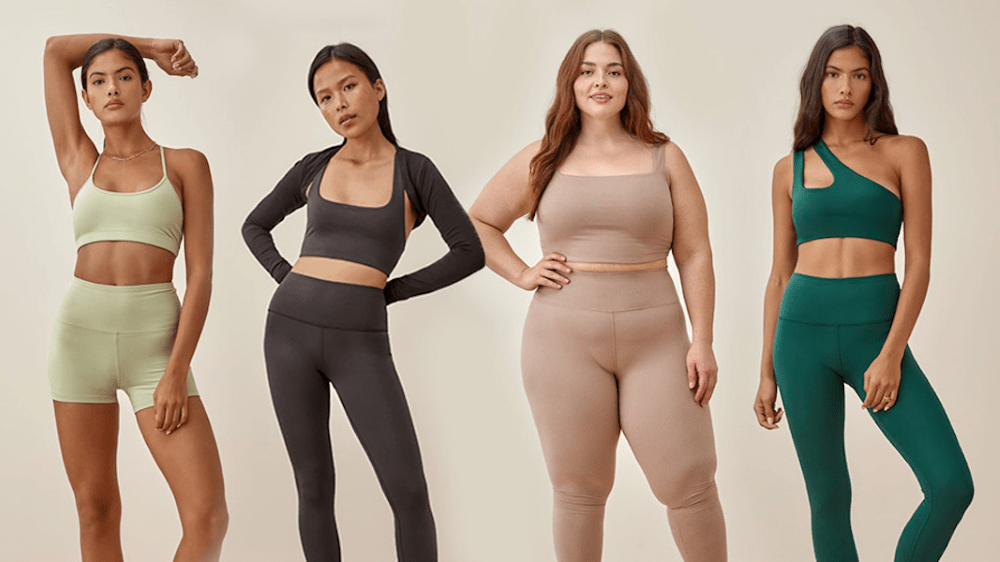 ▲ American DTC sustainable fashion brand “Reformation” The “transparent behavior” of “transparent goods” will make the “transparency process” faster. Behind this “transparent merchandise movement” are government supervision, non-governmental organizations and media platform supervision. It is also the result of the joint promotion of the development of digital media, the change of cultural concepts, and the upgrading of contemporary consumer demand. . “Transparency” is not an easy task It is a matter of course to make products “transparent”. But this matter has not started to change until now, after all For many brands, after becoming “transparent”, it may not become red, but “black and red” . The water behind the consumer market is too deep. After taking off the cover of secret cover, it is very likely that these brands will explode their weaknesses and their glorious images will never return.
▲ American DTC sustainable fashion brand “Reformation” The “transparent behavior” of “transparent goods” will make the “transparency process” faster. Behind this “transparent merchandise movement” are government supervision, non-governmental organizations and media platform supervision. It is also the result of the joint promotion of the development of digital media, the change of cultural concepts, and the upgrading of contemporary consumer demand. . “Transparency” is not an easy task It is a matter of course to make products “transparent”. But this matter has not started to change until now, after all For many brands, after becoming “transparent”, it may not become red, but “black and red” . The water behind the consumer market is too deep. After taking off the cover of secret cover, it is very likely that these brands will explode their weaknesses and their glorious images will never return. 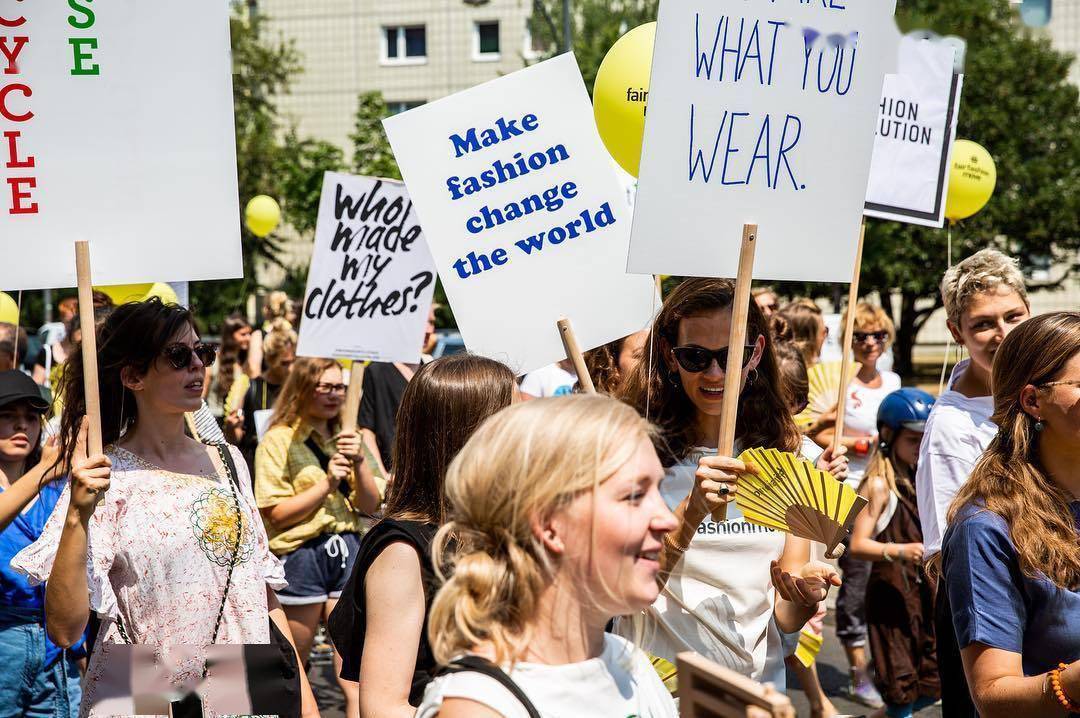 ▲ Picture from: Fashion Revolution Fashion Revolution, a non-profit organization, publishes the “Fashion Brand Transparency Index Report” every year. The original intention of this report was the collapse of the Rana Plaza factory in Bangladesh that shocked the world in 2013. It revealed that international brands hire cheap labor for production. High-end ready-to-wear, and the entire dark industrial chain behind it. After surveying 250 fashion brands last year, the latest report shows that in terms of transparency, fast fashion brands H&M, C&A and sports brands adidas and Reebok are at the forefront, while high-end fashion brands and groups are at the bottom of the list. It can be seen that behind the glamorous luxury goods groups and brands, there may also be many things that should not be disclosed. However, compared with the lists in previous reports, there was a new change last year. Fashion brands such as Gucci, Balenciaga, and Bottega Veneta have also begun to announce the names of raw material suppliers.
▲ Picture from: Fashion Revolution Fashion Revolution, a non-profit organization, publishes the “Fashion Brand Transparency Index Report” every year. The original intention of this report was the collapse of the Rana Plaza factory in Bangladesh that shocked the world in 2013. It revealed that international brands hire cheap labor for production. High-end ready-to-wear, and the entire dark industrial chain behind it. After surveying 250 fashion brands last year, the latest report shows that in terms of transparency, fast fashion brands H&M, C&A and sports brands adidas and Reebok are at the forefront, while high-end fashion brands and groups are at the bottom of the list. It can be seen that behind the glamorous luxury goods groups and brands, there may also be many things that should not be disclosed. However, compared with the lists in previous reports, there was a new change last year. Fashion brands such as Gucci, Balenciaga, and Bottega Veneta have also begun to announce the names of raw material suppliers. 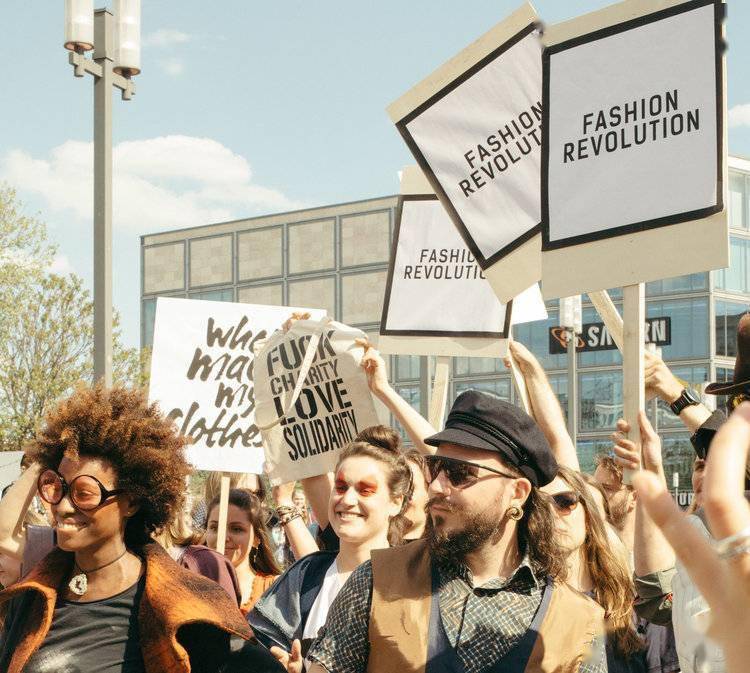 ▲ Picture from:Fashion Revolution It can be seen that Transparency is becoming more and more important nowadays, and people will pay attention to whether there are injustices such as employee oppression and gender discrimination behind the transparency. . When companies began to “transparency” one after another, this emerging concept was faced with the dilemma of how to define it. The scope of “transparency” differs from one company to another. Some fully disclose the details of the upstream supply chain, and some just disclose the production process, and many information has not been verified on the spot.
▲ Picture from:Fashion Revolution It can be seen that Transparency is becoming more and more important nowadays, and people will pay attention to whether there are injustices such as employee oppression and gender discrimination behind the transparency. . When companies began to “transparency” one after another, this emerging concept was faced with the dilemma of how to define it. The scope of “transparency” differs from one company to another. Some fully disclose the details of the upstream supply chain, and some just disclose the production process, and many information has not been verified on the spot.  ▲ Picture from: unsplash So Alexis Bateman, a scholar at the Center for Transportation and Logistics of the Massachusetts Institute of Technology, and Sourcemap, an advocacy platform for supply chain transparency, collaborated on the “Innovation Diffusion Theory” proposed by communication scholar Everett Rogers in 1962-people who accept new ideas, new things, and new products can share For “innovators”, “early adopters”, “early followers”, “late followers” and “lagers”, four processes of “supply chain transparency” have been drawn up. they are, respectively:
▲ Picture from: unsplash So Alexis Bateman, a scholar at the Center for Transportation and Logistics of the Massachusetts Institute of Technology, and Sourcemap, an advocacy platform for supply chain transparency, collaborated on the “Innovation Diffusion Theory” proposed by communication scholar Everett Rogers in 1962-people who accept new ideas, new things, and new products can share For “innovators”, “early adopters”, “early followers”, “late followers” and “lagers”, four processes of “supply chain transparency” have been drawn up. they are, respectively:
- Follower: Will supervise the supply chain.
- Early follower: The direct supply chain will be reviewed and monitored for compliance.
- Early adopters: will maintain interaction with the indirect supply chain and track transactions.
- Innovators: Will be ready to disclose and share all raw material supply chain information.
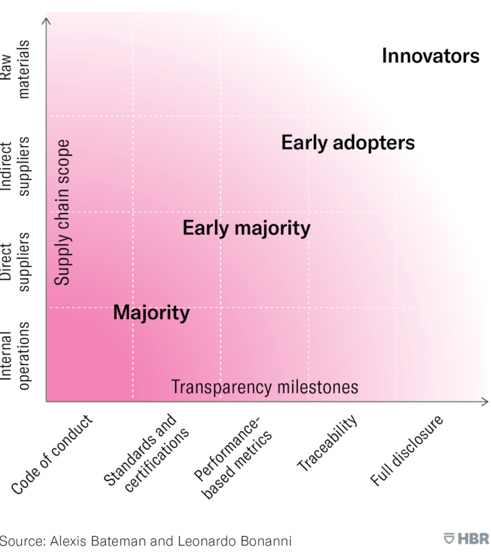 ▲ Picture from: Harvard Business Review Most companies are in the first two types, and very few are in the last type , Everlane mentioned earlier in the article is an “innovator.” Because many brands still worry that the risks brought by “transparency” outweigh the disadvantages, but in fact, Even if certain defects of the product are revealed in the process of transparency, this will make the brand more “humanized” . Consumers will be able to feel the sincerity of the brand, understand and forgive their mistakes, and then choose the product that suits them best-this is much better than being deceived. In the same way, it is much better for the brand to tell its own mistakes and loopholes and to improve it than to be exposed in this era of transparency and then the image collapses.
▲ Picture from: Harvard Business Review Most companies are in the first two types, and very few are in the last type , Everlane mentioned earlier in the article is an “innovator.” Because many brands still worry that the risks brought by “transparency” outweigh the disadvantages, but in fact, Even if certain defects of the product are revealed in the process of transparency, this will make the brand more “humanized” . Consumers will be able to feel the sincerity of the brand, understand and forgive their mistakes, and then choose the product that suits them best-this is much better than being deceived. In the same way, it is much better for the brand to tell its own mistakes and loopholes and to improve it than to be exposed in this era of transparency and then the image collapses. 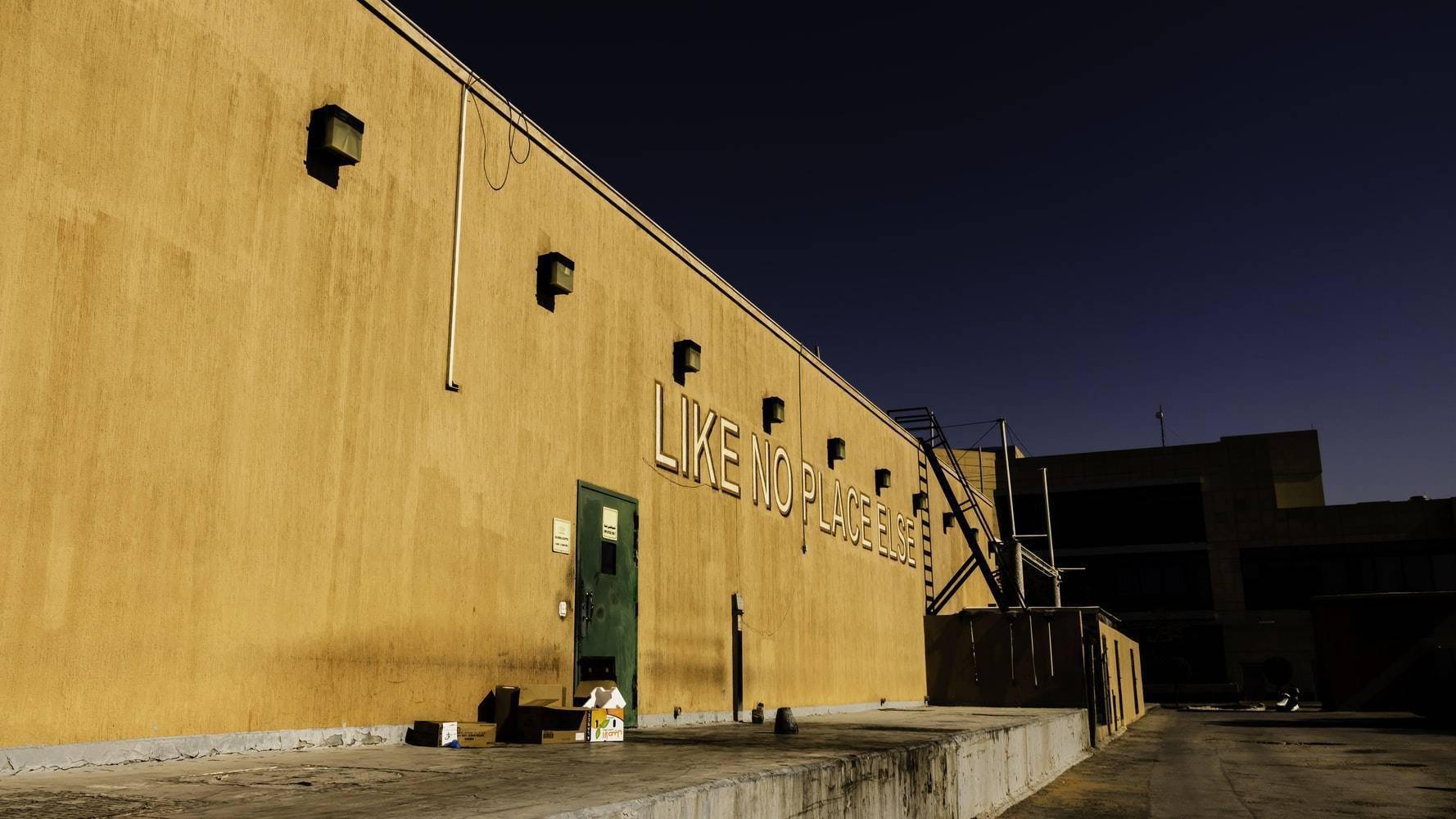 ▲ Picture from: unsplash The American skin care brand Drunk Elephant has always told the truth to consumers, including clearly telling users that Shaba Complex eye cream does not remove dark circles. There is no product that can do it, but it can improve the skin under the eyes. “It is not difficult to disclose the ingredients we use. The most difficult thing is to tell everyone: what we don’t use and why,” said founder Tiffany Masterson. People who are not sages can do nothing, we tell customers the truth, and customers can understand.
▲ Picture from: unsplash The American skin care brand Drunk Elephant has always told the truth to consumers, including clearly telling users that Shaba Complex eye cream does not remove dark circles. There is no product that can do it, but it can improve the skin under the eyes. “It is not difficult to disclose the ingredients we use. The most difficult thing is to tell everyone: what we don’t use and why,” said founder Tiffany Masterson. People who are not sages can do nothing, we tell customers the truth, and customers can understand.
People who are not sages can do nothing, we tell customers the truth, and customers can understand.
However, many high-end brands still regard the ingredients of their products as top secrets. At the same time, more and more brands are entering the process of “transparency” spontaneously or passively, whether they are for social responsibility and obligation, or just for Attract more young consumers.
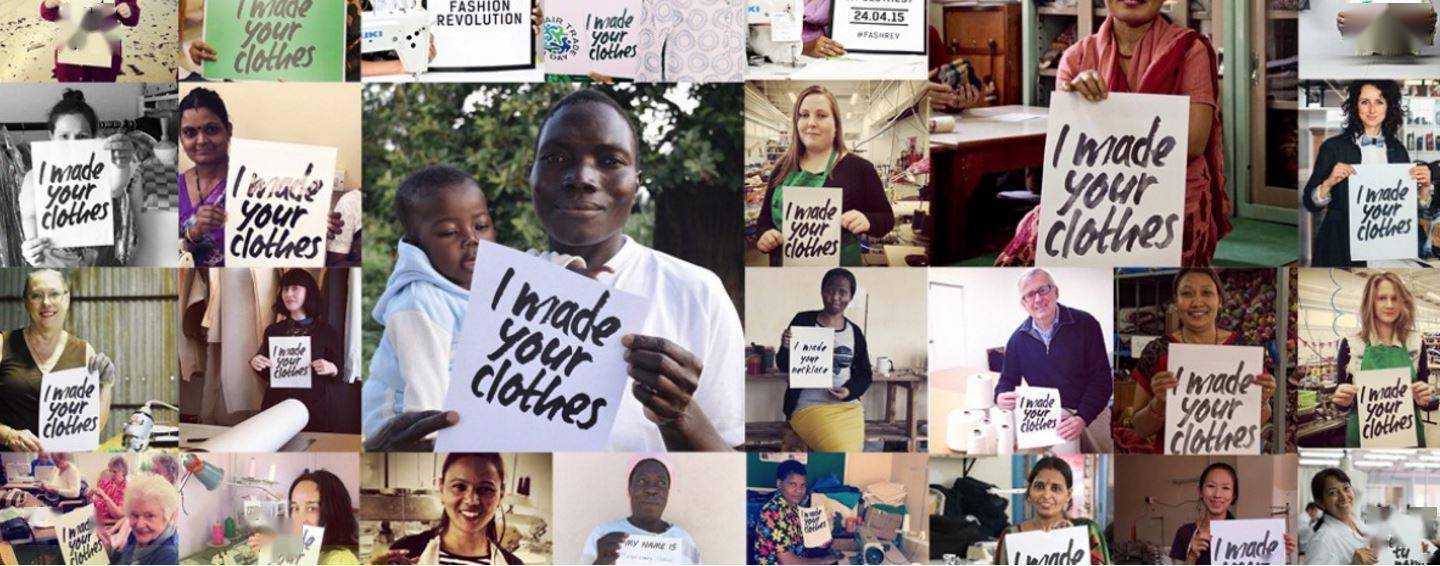
▲ Picture from:Radure.net
This state will continue to coexist and develop together, but Transparency will still become the new future of brand development .
Transparency, like integrity, should be the most important value of the brand.
Because only when transparency becomes the top priority of enterprise development, the relationship between brands and consumers can be truly fair, healthy and lasting.
#Welcome to follow Aifaner’s official WeChat account: Aifaner (WeChat ID: ifanr), more exciting content will be provided to you as soon as possible.

























































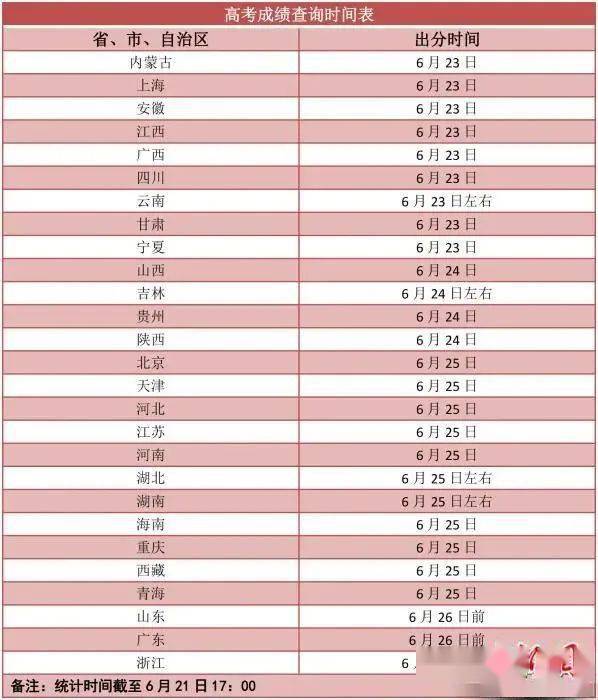


You must log in to post a comment.